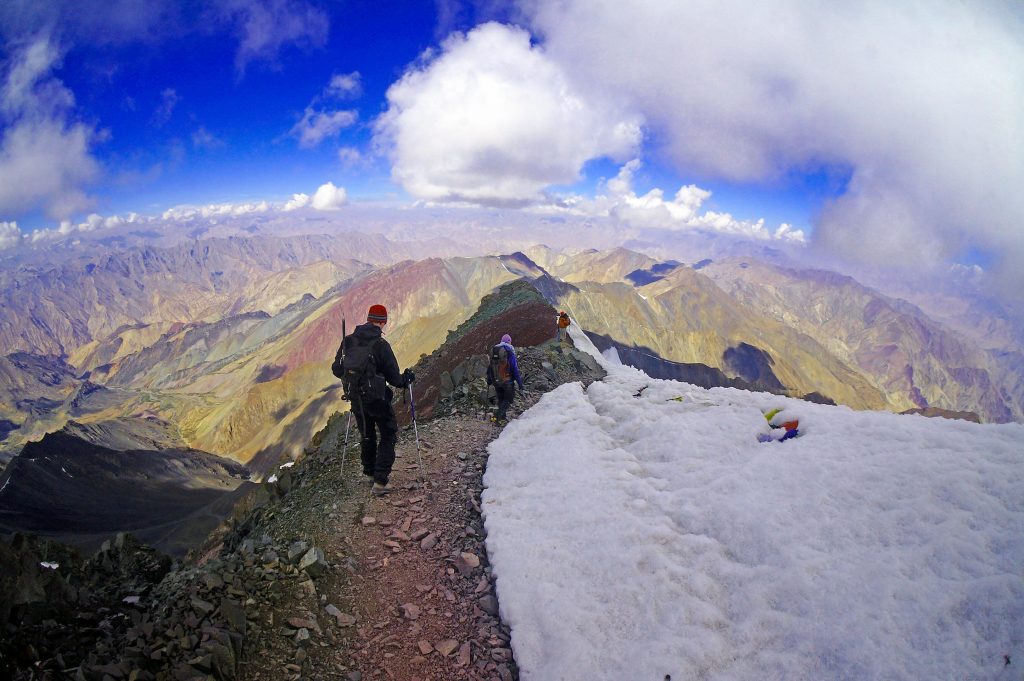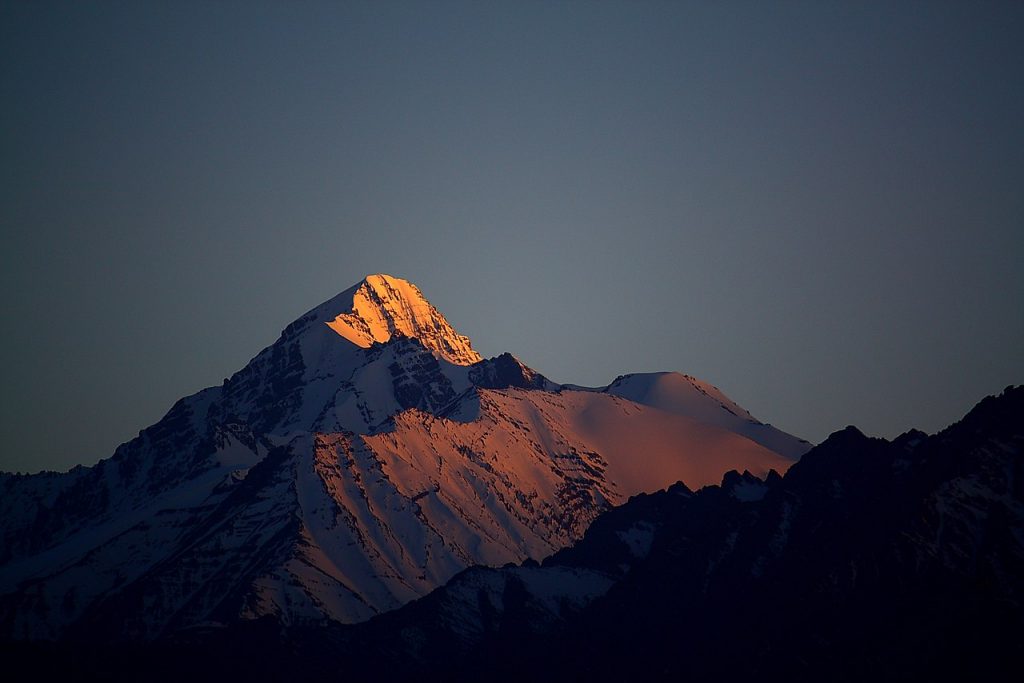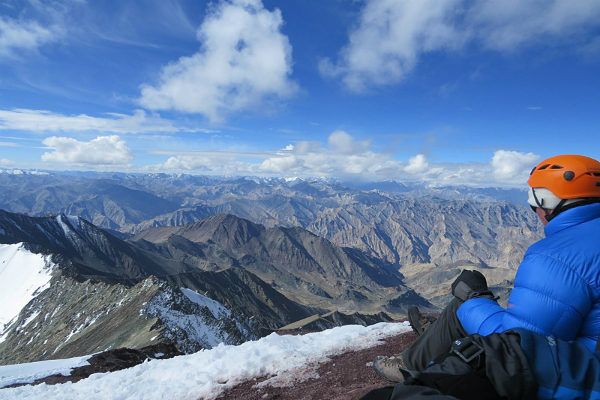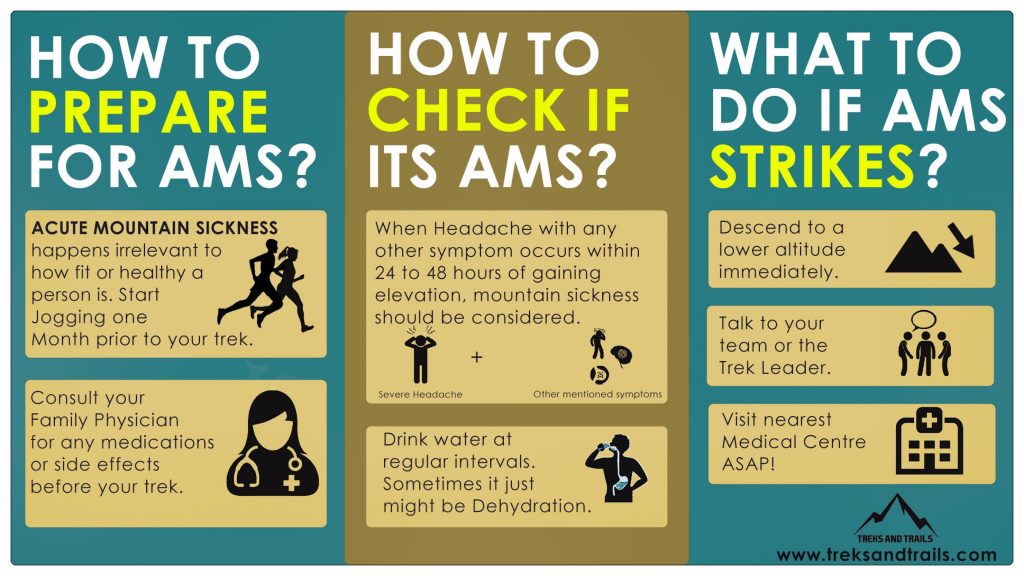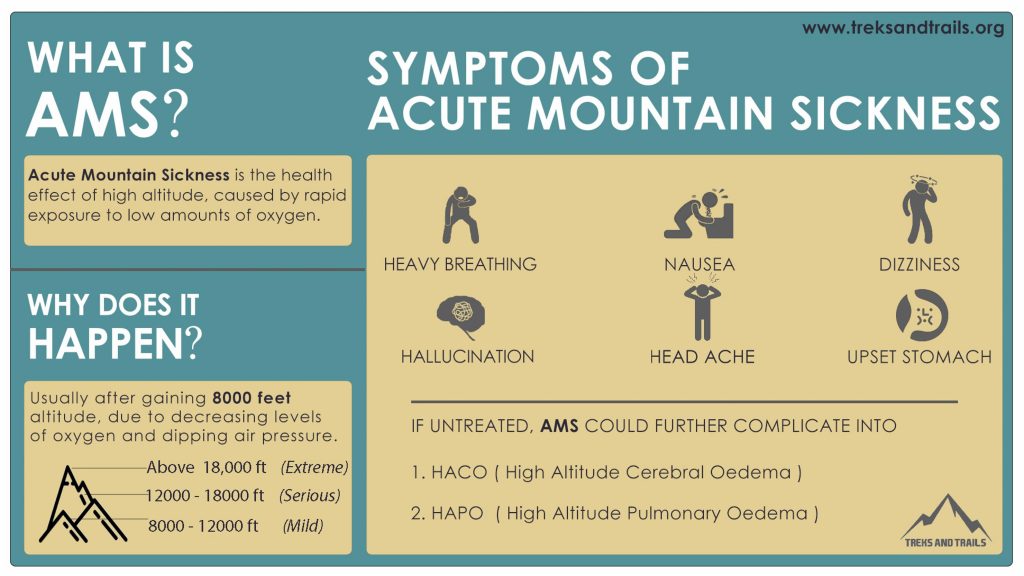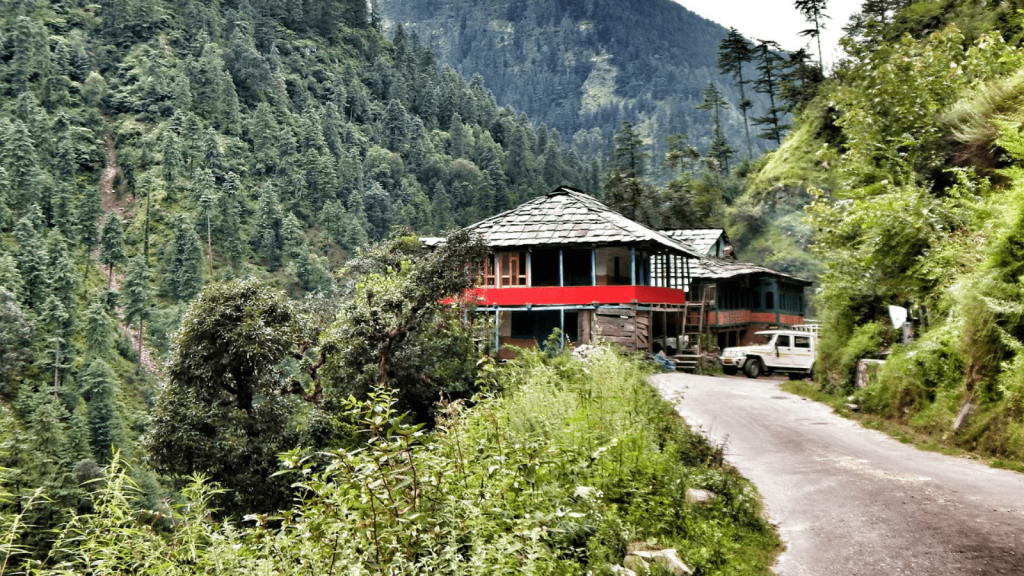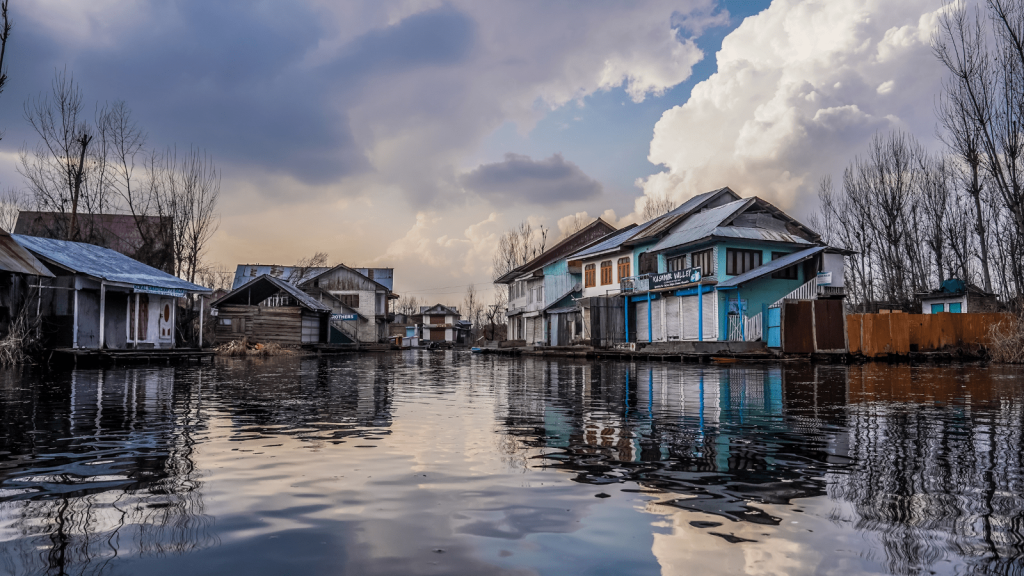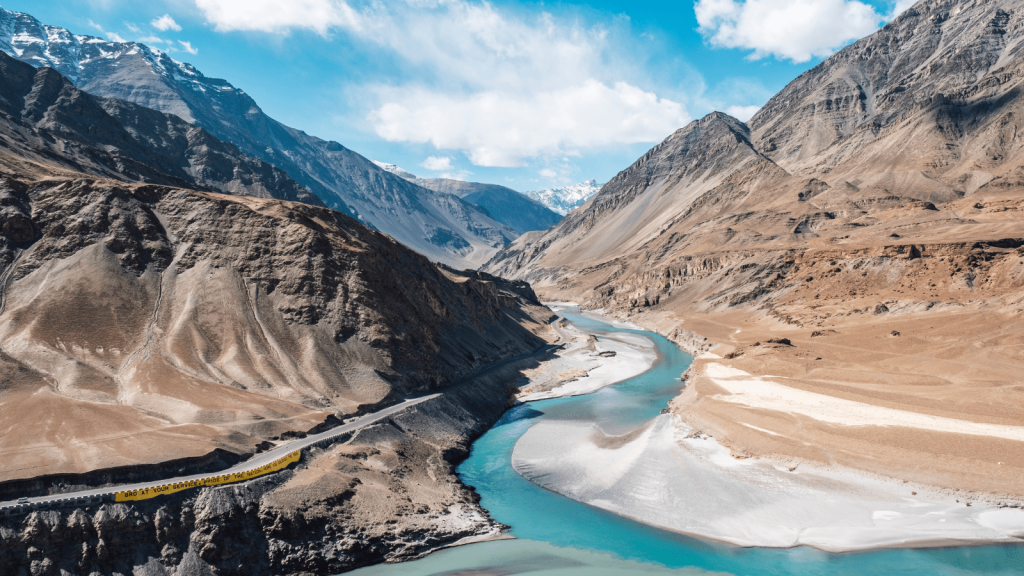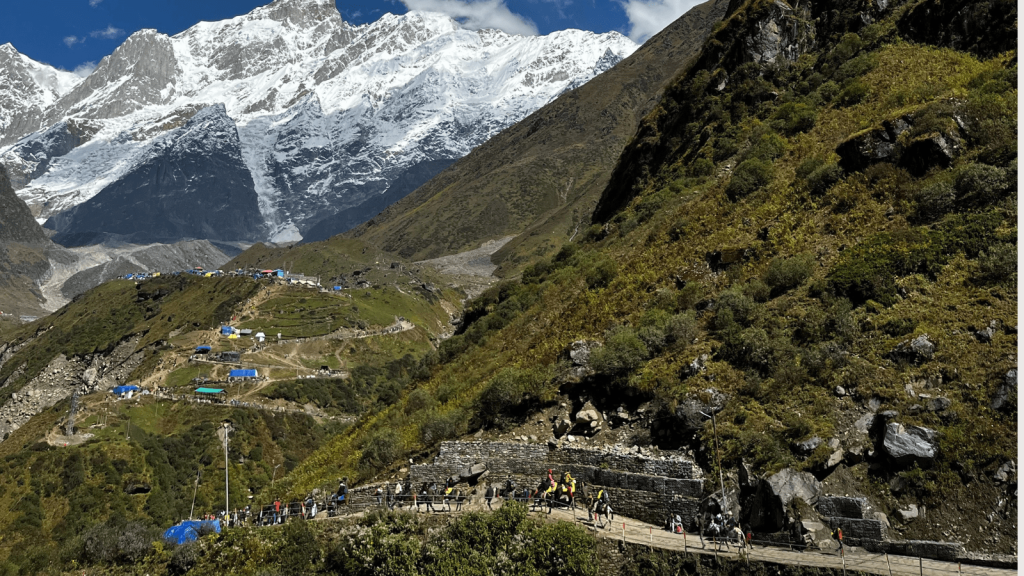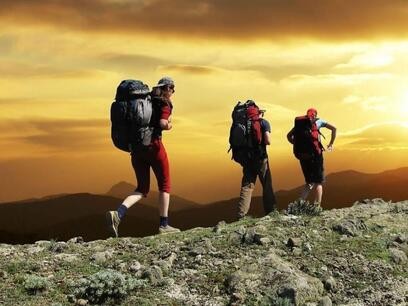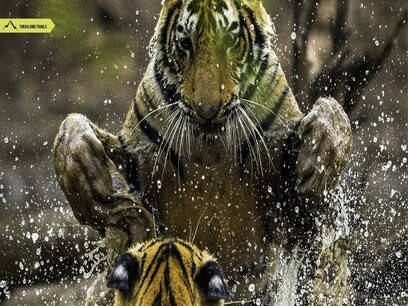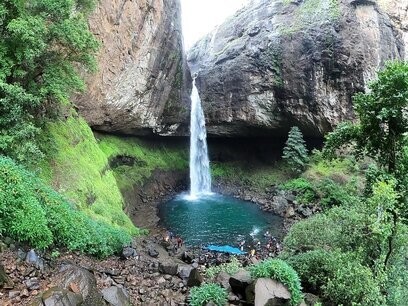Stok Kangri is the highest trekkable summit in India
Hiking and Mountaineering have gained momentum in the last few years. Similarly, Mountaineering has turned into a competitive sport in the past decade. Even though there are records to be broken, the mountains, whether or not we overcome them, are the prize. There are as well the rewards which each mountaineer finds for themselves, which is health, peace of mind, high endeavor, adventure, sense of achievement, companionship, and at the end of it all a bank of mountain memories.
Mountaineering wasn't initially a competitive sport, but at times it does get competitive. An excellent example of this is Everest's struggle, which ended in almost becoming an international affair. In India, amateur trekkers are fleeing to Leh in huge swarms to summit Stok Kangri. Crested at a soaring altitude of 20,500 feet or 6,153 meters, Stok Kangri is the highest trekkable summit in India. We are surprised by the number of trekkers who want to climb Stok Kangri. Some of them have not done any high altitude trek, not even relatively simpler ones. Its non-technical nature and summit fame probably attract them. Numerous blogs state that novice trekkers can climb Stok Kangri. While we agree that Stok Kangri is not a technical mountain that does not require extraordinary mountaineering skills, we strongly affirm that it is meant for experienced mountaineers only. It is undeniably challenging, and it needs to be concentrated in physical preparation. The prerequisites to climbing Stok Kangri are hardcore physical fitness and acclimatization and years of high altitude trekking experience. If you don't have these, do not even let the thought of scaling Stok Kangri enter your mind. This blog will shed some light on the fatal challenges that this mountain possesses, which makes this mountain deadly for amateur trekkers.
High Altitude which put forth the need for proper acclimatization and fitness
Stok Kangri is exemplified by swift altitude increment along with thin air. We all are familiar with how increasing Altitude at a quick pace leads to different kinds of mountain sickness. The entire Stok Kangri trail gains Altitude rapidly, all of its camps are above 13,000 feet. If you are not well acclimatized, you are bound to get sick. Trekkers typically reach the base camp in 2-3 days, which is positioned at 16,300 feet. And then head to the summit the next day. So, all in all, in a matter of days, one gains Altitude up from approximately 11,000 feet to 20,000 feet. There is a recent trend of summiting Stok in two to three days, which is doable if you are a seasoned and well-acclimatized mountaineer, but it can be fatal for others.
This trend is somewhat questionable and can lead to fatality. The Stok Kangri trek requires proper acclimatization. Will two days of acclimatization at Leh at 11,500 feet, would help overcome a summit at 20,500 feet? These two days at Leh not needed for the Stok summit, but to get adjusted to the mountains after a flight from Delhi, this is almost sea level. There are a few accounts of aspiring trekkers out there. They never made it back from the Stok Kangri trail or proceeded straight to the nearest proximity hospital because of deadly mental and physical damages. So an expression of alert, take as much time as is needed, ensure you are accustomed, and let your body adapt well to the transformation in Altitude. On the off chance that you relax, you'll get to the summit just about okay.
To be practical and legit here, before endeavoring Stok Kangri, a trekker needs to do another trek that ascends to at least 15,500 feet or 4,700 meters – 5,000 Meters. It makes the Stok Kangri excursion longer and increasingly costly. Try not to attempt Stok Kangri if that you can't spend ten days in the mountains of Ladakh. What's more, don't think about Stok Kangri on the off chance that you don't have the physical fitness to persevere through a trek that climbs about 5,000 meters before the Stok Kangri trek. What it implies is you will do two exceptionally high elevation treks consecutive. This requires a tall order of physical fitness, for which training needs to begin two or three months ahead of time.
Razor-sharp decision-making skills and preparedness
Although not a technical climb, Stok Kangri typified by sweeping weather changes owning to its Altitude. The weather change is so drastic and bizarre that it changes like a chameleon changes its color. A splendid bright day may transform into a snowstorm in two or three minutes. Gotten unprepared, a trekker without enough experience can freeze literally and mentally in such circumstances. On a trek like the Stok Kangri, you can barely bear to do that. You have to keep your brain about you to escape these circumstances. To do this, you have to get ready well, and one approach to get prepared is to read a lot about high altitudes. One needs to be aware of where to hide when an avalanche is in sight and what positions can save you from the avalanche. Reading mountaineering literature is a must before contemplating to undertake such high altitude treks.
Your decision-making skills likewise become possibly the most critical factor when you make a call to come back from a lofty cold shoulder, only 50 meters shy of the highest point. At times, it is not worth taking a risk on the summit if the snow on the shoulder is dangerous or climate appears to change probably. First-time trekkers trust it is the guide's business to take them to the highest point. In this way, they believe the guide, regardless of sound judgment, waving a warning. Experienced trekkers with better experience don't do this. It is okay to turn around, mountains are going to be there everlastingly, and you can always come back next year if you are alive.
I asked a seasoned mountaineer once, "What leads to death in the mountains? What is the cause of it? Is it Altitude sickness? Or injuries or weather changes" He gave me a very profound response; 'ego.' Ego is the main reason due to which the majority of people die on the mountain. You can call it overconfidence, faulty judgment, or decision making. This is true as you see most of the deaths are avoidable if you just turn around at the right point. Even avalanches are manageable. Many mountaineers' especially Indian mountaineers think that if others can do it, they can also. They are just shy to convey their problem, but even the smallest things can escalate very quickly in the mountains. So you should just play it safe, over-prepare and go with the flow, always be ready for survival, and don't let the glory of summit cloud your judgment.
Altitude Sickness and Frost Bite
As referenced previously, the Stok Kangri trail picks up height quickly. Here, an individual at 16,000 feet can unexpectedly begin developing indications of AMS increasing just another 500 feet in height. AMS can be a possibly dangerous circumstance if a timely move isn't made. Judgment and experience are of assistance here. Somebody with experience is reliable and steady and recognizes what to do when hit by AMS. They know the crisis methods and make restorative strides. It is prescribed to trekkers to be on a course of Diamox from Delhi before they start the Stok Kangri expedition.
Let's say you have successfully passed the base camps and go for the summit push. Here, you face your biggest challenge. The biting cold wind and what makes it even harder are the sub-zero temperature and the never-ending glacier. The wind pierces through your face like needles. Your most vulnerable areas, your extremities like your hands, feet, and look, are susceptible to frostbite. We have seen trekkers coming back from the summit with sunburn, snow blindness, bloody black noses, and some even need to get their toes and fingers amputated. The success of an expedition is not just to scale the summit but also to come back safely without losing any toes or fingers.
The way to the summit is moderately steep, but the thin air with less oxygen drains your body. There is no spot to lie on the glacier, and if you halt for a long time and permit your body to chill off, you will get Acute Mountain Sickness. The central spot where you could rest your base is at the shoulder. In any case, it's genuinely uncovered, and it gets very blustery and crisp up there. Along these lines, you can't remain there for a long time either. The best way to spare yourself from extreme weather and mountain sickness is thorough is rigorous preparation, which incorporates physical and mental training as well as prior high altitude trekking experience.
Henceforth, we don't suggest the Stok Kangri trek for somebody who has never done a high altitude trek. One should endeavor Stok Kangri only if they have done treks over 14,000 feet. Fledgling trekkers ought to carefully not put it all on the line. The Stok Kangri summit is genuinely a blessing for Indian trekkers. It is indisputably a summit worth ascending and a trek that doesn't require mountaineering aptitudes. With appropriate readiness and judgment, everybody can make it to the summit. Don't let the style of a 20,500 feet summit clog your vision. So, if you are a beginner, gain some trekking experience in high altitude areas before taking on Stok Kangri.
Stok Kangri Trek Banned till 2022
Now Stok Kangri is under hibernation till 2022, Unchecked trekking and the massive influx of trekkers in the past years have deteriorated the mountain's ecology. Stok Kangri is facing grave issues like improper waste disposal and pollution. Furthermore, over-tourism and its impacts have led to rising temperatures that have led to the melting of glaciers. In response to its swift dilapidation, the Stok Village Committee and All Ladakh Tour Operators' Association have declared a three-year Stok Kangri ban on trekking and climbing on this mountain peak. Stok Kangri will remain shut from 2020 to 2022. So, if you are an experienced mountaineer, you can opt for treks like Chandrashila Peak, Pangarchulla Peak, Kanamo Peak, and Friendship Peak and let Stok Kangri recuperate in peace.

